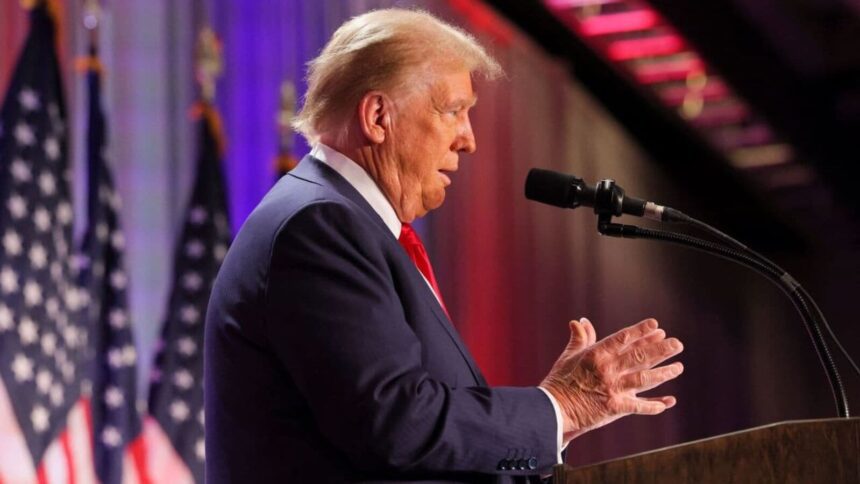Title: The European Union’s Economic Challenges in the Age of Trump
Introduction
The European Union (EU) has faced a multitude of crises over the past decade and a half, from economic turmoil surrounding the eurozone to migration issues, Brexit, the COVID-19 pandemic, and now the war in Ukraine. With the recent re-election of Donald Trump as President of the United States, Europe is once again bracing for the implications of a potentially more isolationist and unpredictable American foreign policy.
A Historic Context of Crisis
The EU’s recent history has been marked by interconnected challenges that have strained its cohesion and economic stability. Each crisis seems to blur into the next, making it difficult to discern if the EU is emerging from a crisis or tumbling into another. The uncertainty surrounding Trump’s return adds a new layer to this complex scenario, particularly regarding support for Ukraine and economic stability in Europe.
Current Economic Strategies Under Threat
As of early November 2023, EU leaders were working on a “new and comprehensive horizontal strategy” aimed at boosting competitiveness across their 27 member states. Initiatives such as deepening the single market and streamlining regulations were discussed in the lead-up to a crucial summit in Budapest. Unfortunately, just as these plans were being articulated, the political landscape in the U.S. shifted dramatically with Trump’s comeback, potentially negating the importance of these reforms in light of looming economic competition from an assertive America.
The Economic Landscape: Stagnation and Growth Needs
Europe’s economy has long been stagnant, burdened by numerous pressing financial obligations such as pension funding for an aging population, industrial subsidies, and carbon emission reduction commitments. The economic fragility is exacerbated under Trump, as the prospect of heightened tariffs on European exports looms large. This threatens to further stall any potential growth Europe might currently experience.
In contrast to the American economy, which is focused on aggressive growth, Europe must grapple with a laundry list of financial commitments while simultaneously confronting a possible decline in its trade relationship with the U.S. The uncertainty around Trump’s policies makes long-term economic planning exceedingly difficult for European nations.
Defense and Security Considerations
A significant concern for EU member states is the prospect of having to shoulder more responsibility for Ukraine’s defense if American support diminishes. This raises existential questions about European security architecture, especially in light of Trump’s antagonism towards NATO. Increased defense spending, potentially exceeding 2% of GDP, could place additional strain on countries already facing budgetary constraints.
The idea of a unified European borrowing approach, akin to the post-pandemic recovery plan, has been proposed as a solution to support defense spending. However, achieving unanimity among the member states remains a formidable challenge, highlighted by historical divisions between fiscally conservative northern countries and more spendthrift southern nations.
Potential Outcomes in Light of Trump’s Policies
The return of Trump may act as a catalyst for necessary reforms within the EU, instigating deeper integration and cooperation among member states to reduce dependency on the U.S. For leaders like Emmanuel Macron, the situation may present an opportunity to promote the concept of "strategic autonomy"—the notion that Europe should not solely rely on American military support.
Conversely, if tensions between the U.S. and Europe escalate, the result could be a split in priorities, with Eastern European nations prioritizing American ties over European union, given their geographical proximity to Russia. This divergence could stall or even reverse any movement toward deeper European cohesion, leaving the EU to grapple with internal discord alongside external pressures.
Conclusion
Donald Trump’s political revival introduces a pronounced uncertainty into the EU’s already precarious economic and security landscape. The coming months will test the resilience of European unity and its capacity for independent policy-making in a multi-polar world. Whether it leads to greater cooperation or further fragmentation remains uncertain, but what is clear is that Europe’s path forward will now be more complex than ever.










